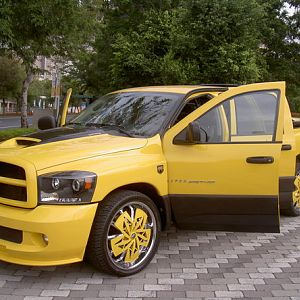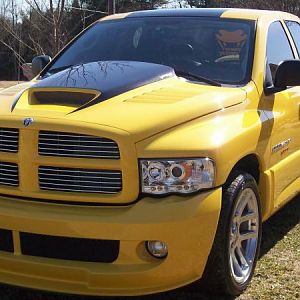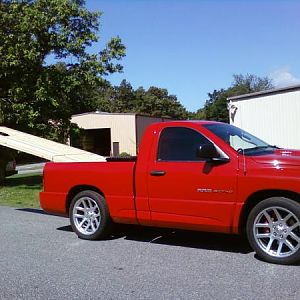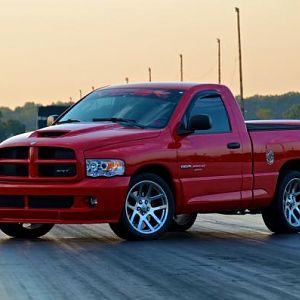pokeytemplar
Full Access Member
OK I have been researching for months and cannot find anything resembling an answer. Here it goes: I know that turbo's are more efficient than belt driven FI. However, you can closely estimate how much power is lost through the belt and driving the Supercharger. Has anyone seen how much power is lost spinning the turbo(due to increased back pressure)?
The simplest test could be done in three parts:
Test one: Disconnect the tubing from the intake manifold and open the wastegate for the least amount of restriction. Dyno the engine(for someone without a baseline).
Test two: While disconnected from the intake manifold allow normal operation of the wastegate and place a restrictor on the end to simulate the engine load to the turbo (thus creating boost may take more than one attempt to get boost number close to matching). Dyno the engine.
Test three: Hook everything up as normal and dyno the engine.
This one would only test one specific builds losses. I guess the most accurate way would be to place a wastegate in the exhaust of a stock truck and then increase the backpressure loads with each pull to see how much power is lost.
The simplest test could be done in three parts:
Test one: Disconnect the tubing from the intake manifold and open the wastegate for the least amount of restriction. Dyno the engine(for someone without a baseline).
Test two: While disconnected from the intake manifold allow normal operation of the wastegate and place a restrictor on the end to simulate the engine load to the turbo (thus creating boost may take more than one attempt to get boost number close to matching). Dyno the engine.
Test three: Hook everything up as normal and dyno the engine.
This one would only test one specific builds losses. I guess the most accurate way would be to place a wastegate in the exhaust of a stock truck and then increase the backpressure loads with each pull to see how much power is lost.





